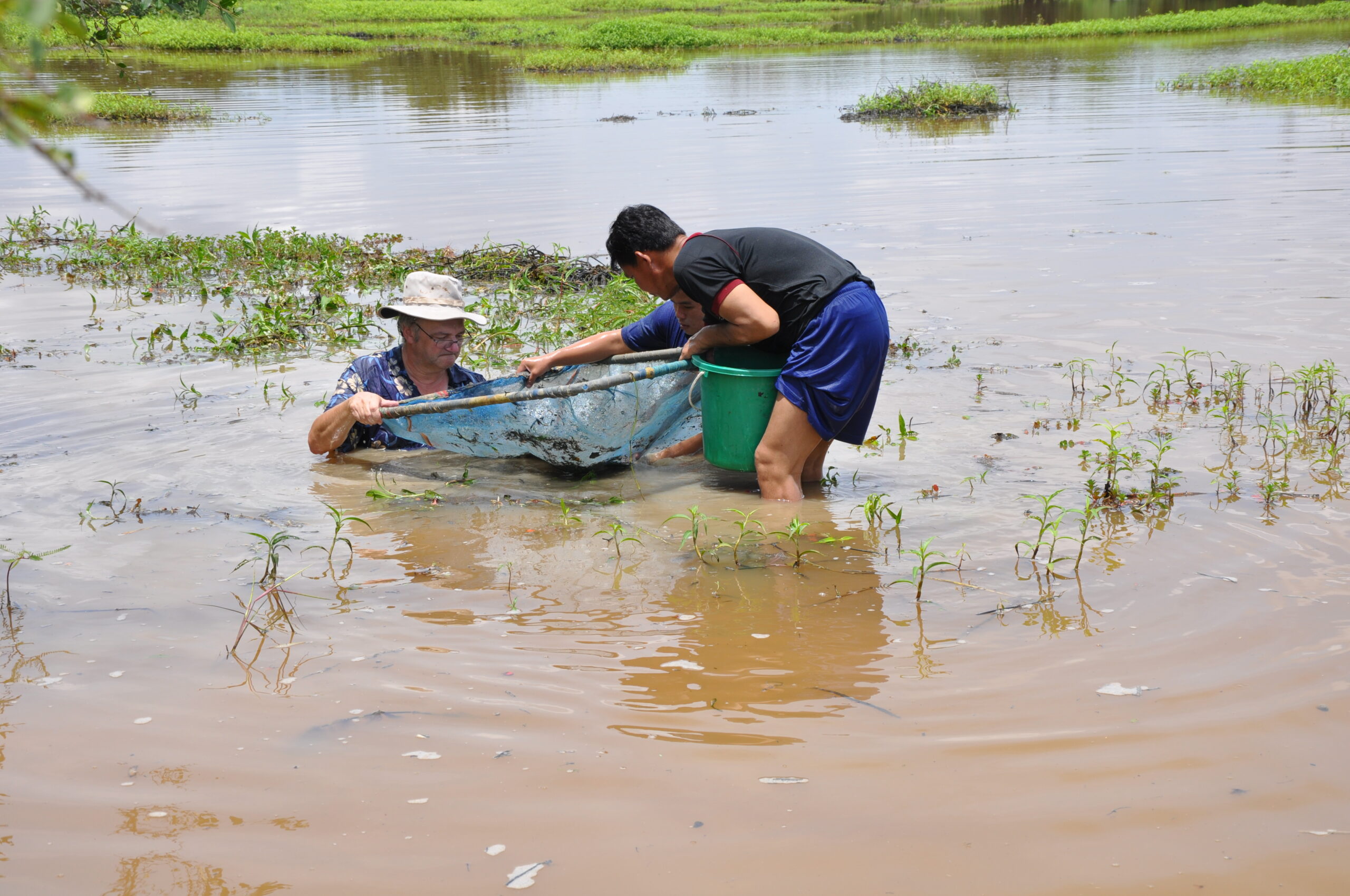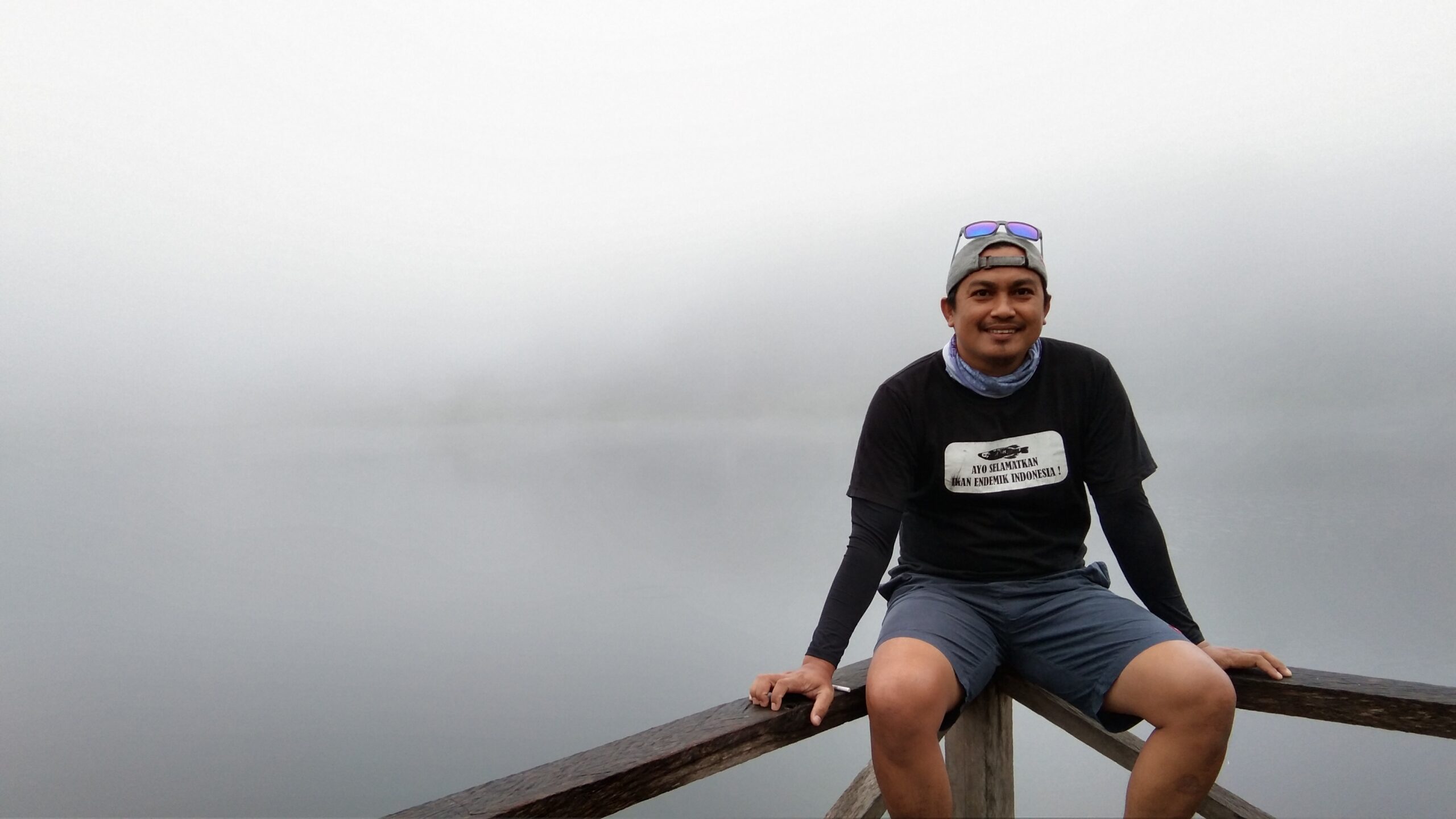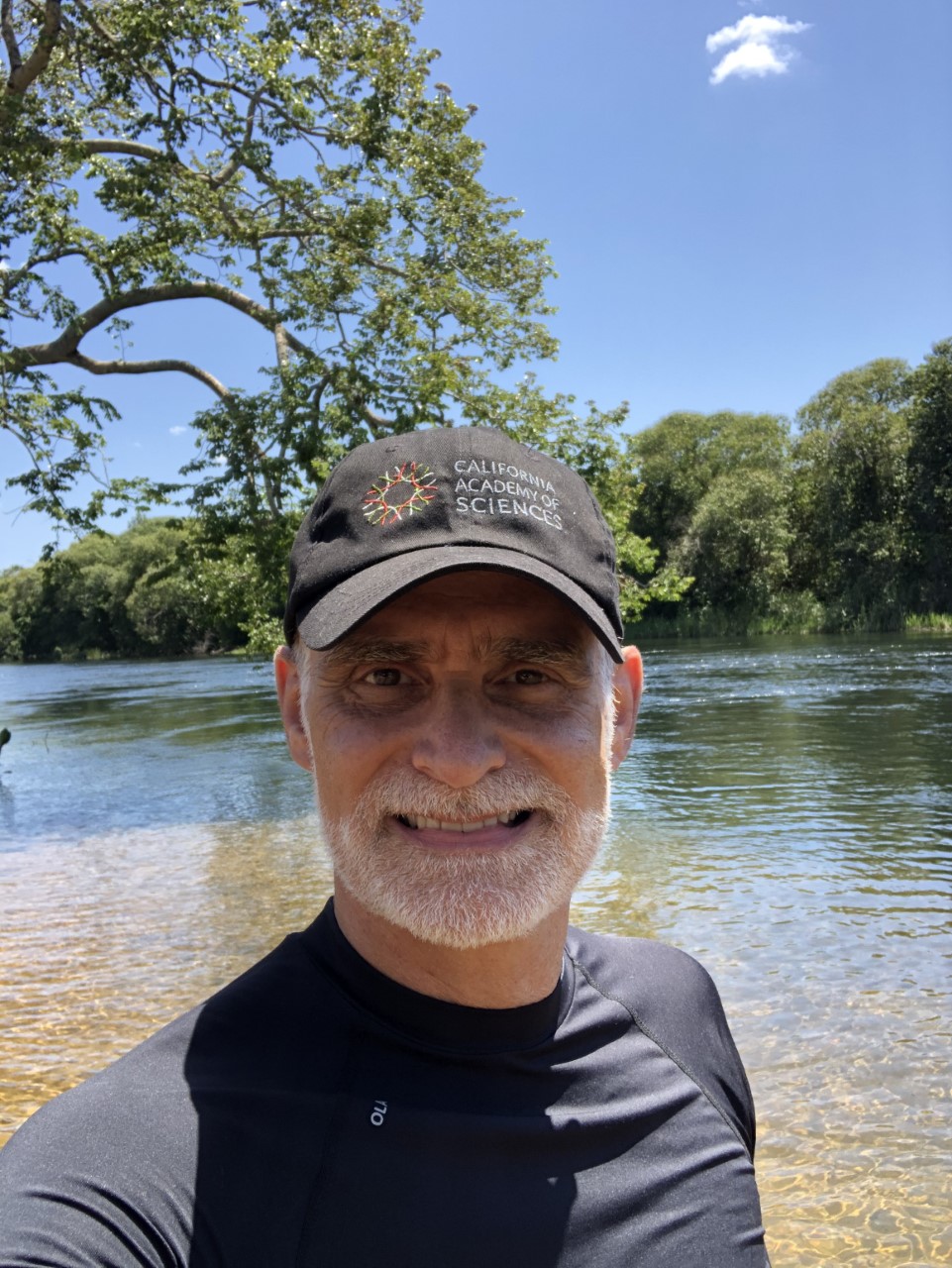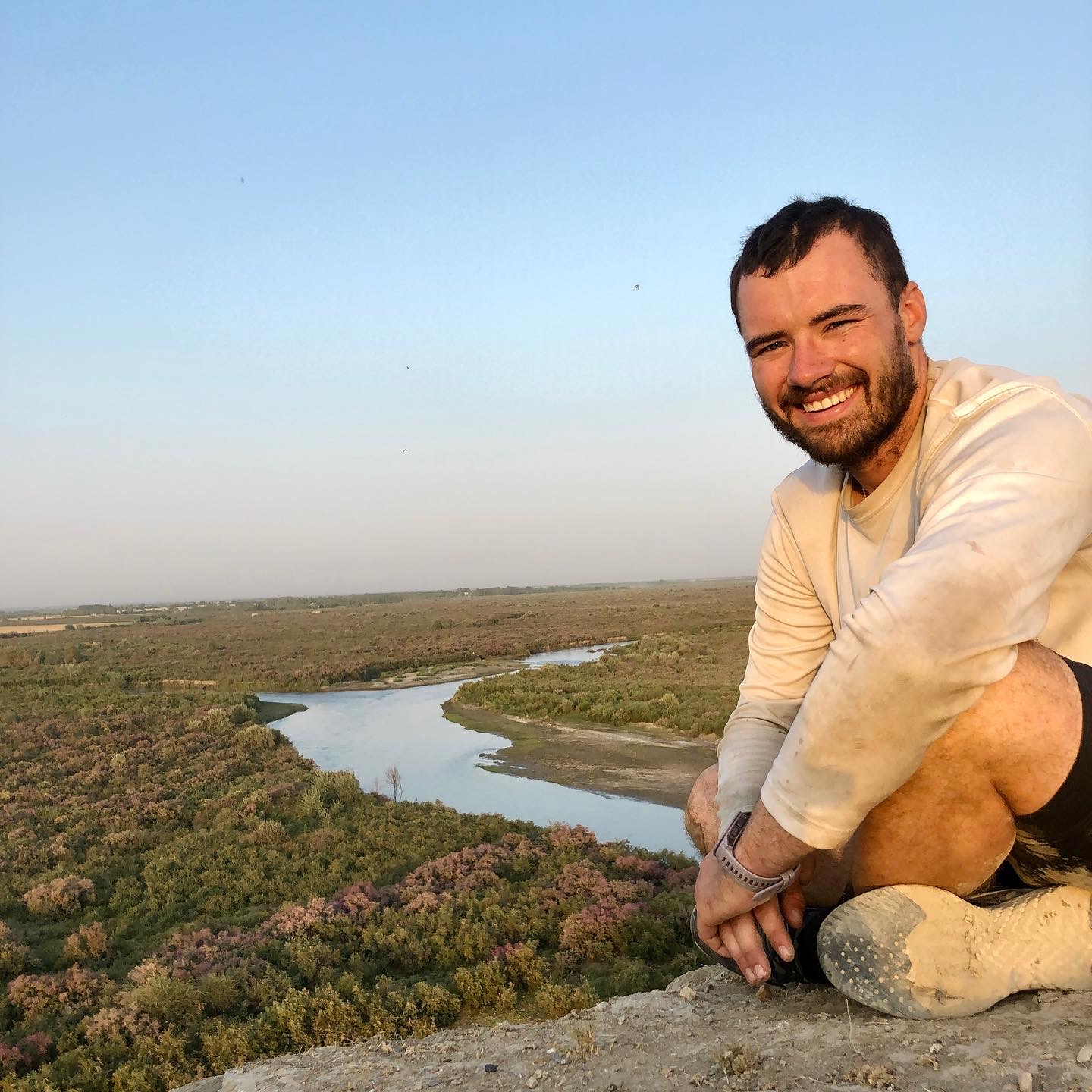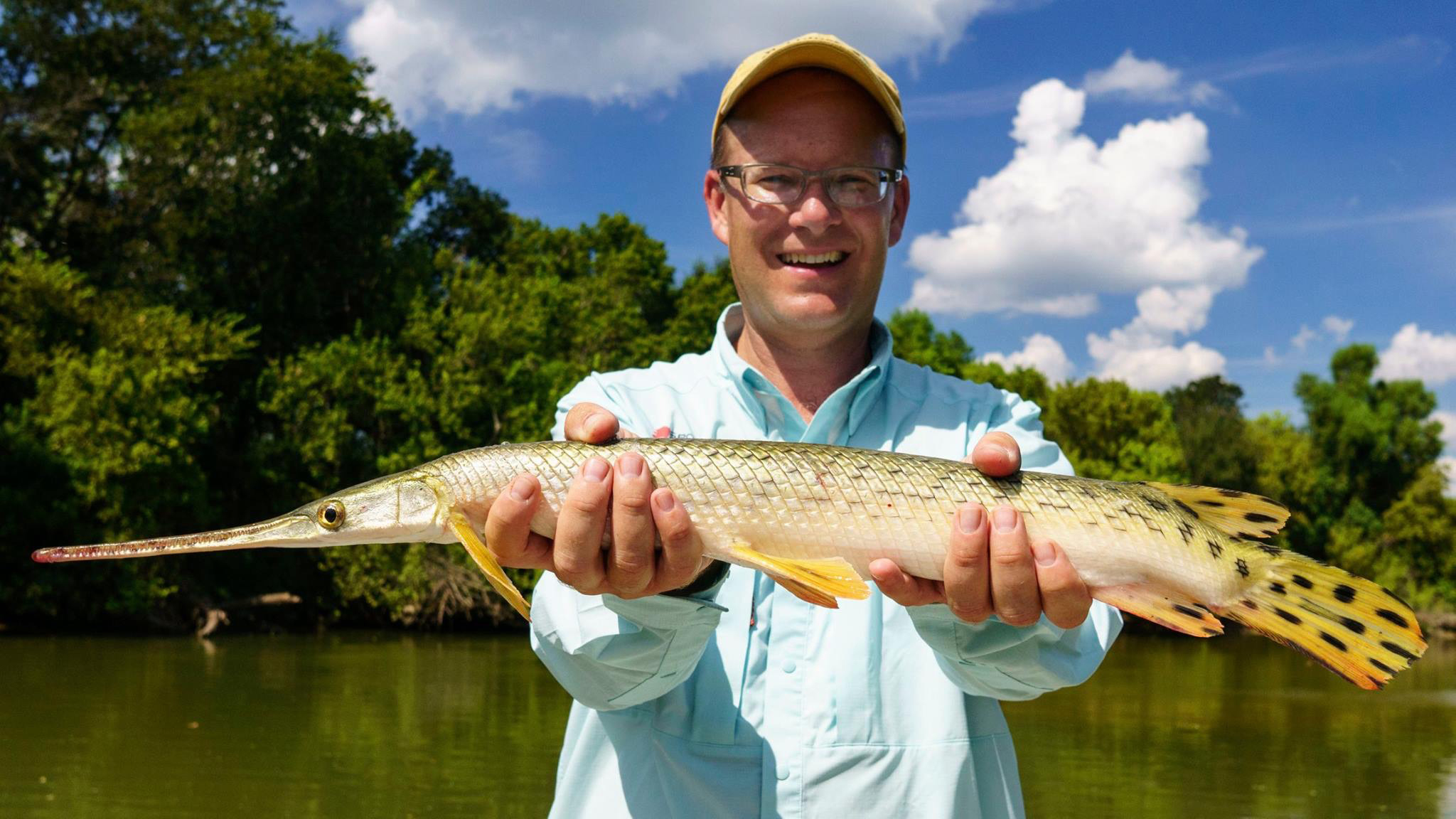Interview with Christine Thacker (New Species)
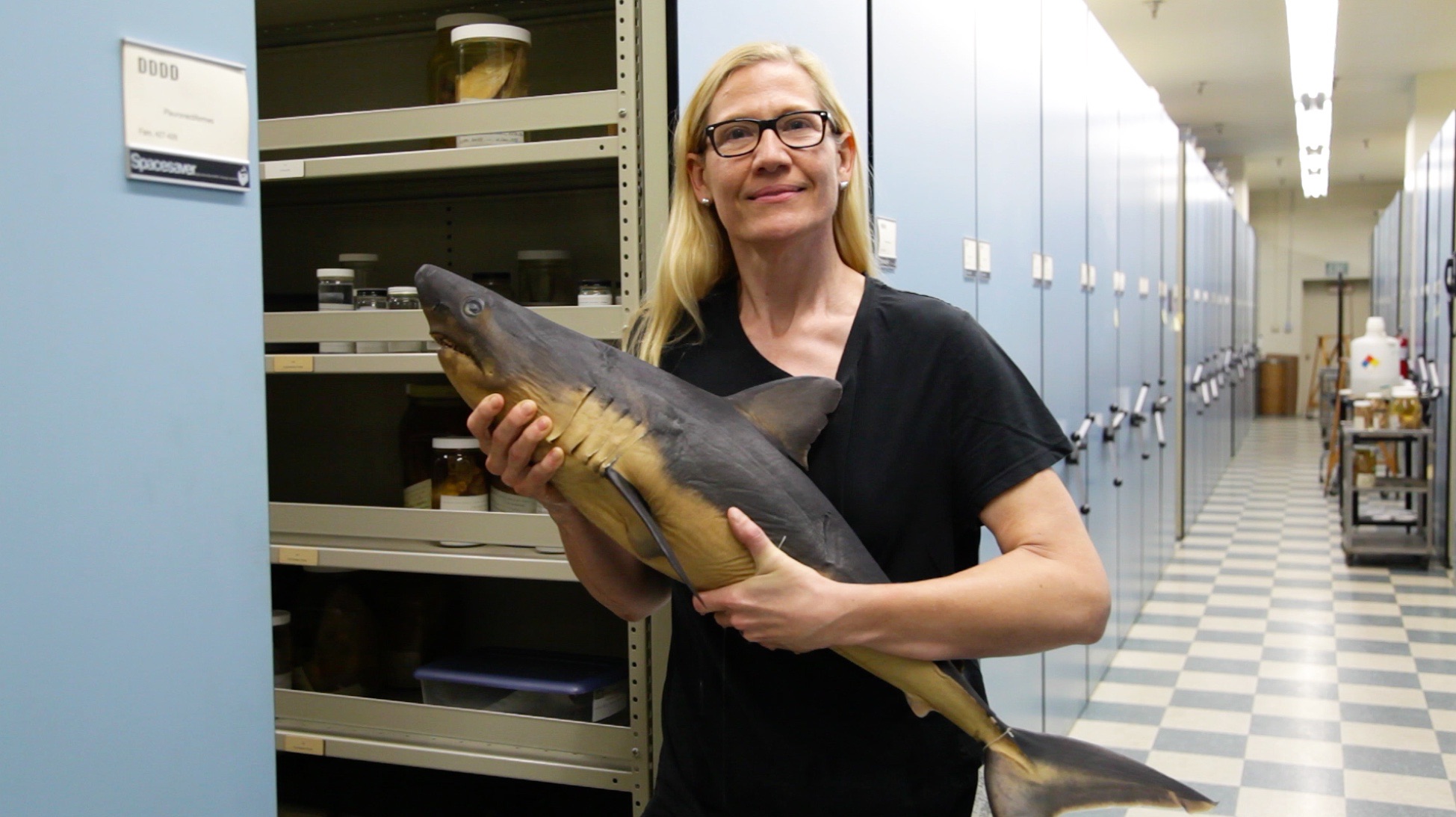
© Christine Thacker
Christine Thacker is the Curator Emeritus of Ichthyology, Natural History Museum of Los Angeles County, and Research Associate, Santa Barbara Museum of Natural History. Her research concerns the evolution, systematics, and biogeography of gobies and cardinalfishes. She established the evolutionary relationships of this diverse radiation, yielding new family and lineage level classifications for the group1.
In 2022, she described six species of goby, two of which were from New Zealand, and four from Australia, which are highlighted in New Species 2022.
SHOAL: What do you love so much about gobies?
CHRISTINE: Gobies are so wonderful! They are so important in ecosystems, and are found around the world in all kinds of different habitats and it’s just fascinating because they exhibit such a wide range of evolutionary strategies. The new genomics tools that are coming out are opening up a whole new frontier.
SHOAL: What kind of new frontier are genomics tools opening up?
CHRISTINE: The thing about gobies is that they are in many cases morphologically sort of uniform – not entirely, obviously, but there’s not the range of variation that’s seen in the tunas or the flatfishes or things that are larger and much easier to work with in terms of their morphological data, i.e. their appearance. Gobies are small and yet they have so many important differences in terms of how they adapt to their environment and how they evolve, the way they speciate, that it’s been incredibly useful to use molecular tools to get at what’s going on. A lot of the time it can’t be seen just from the external appearance.
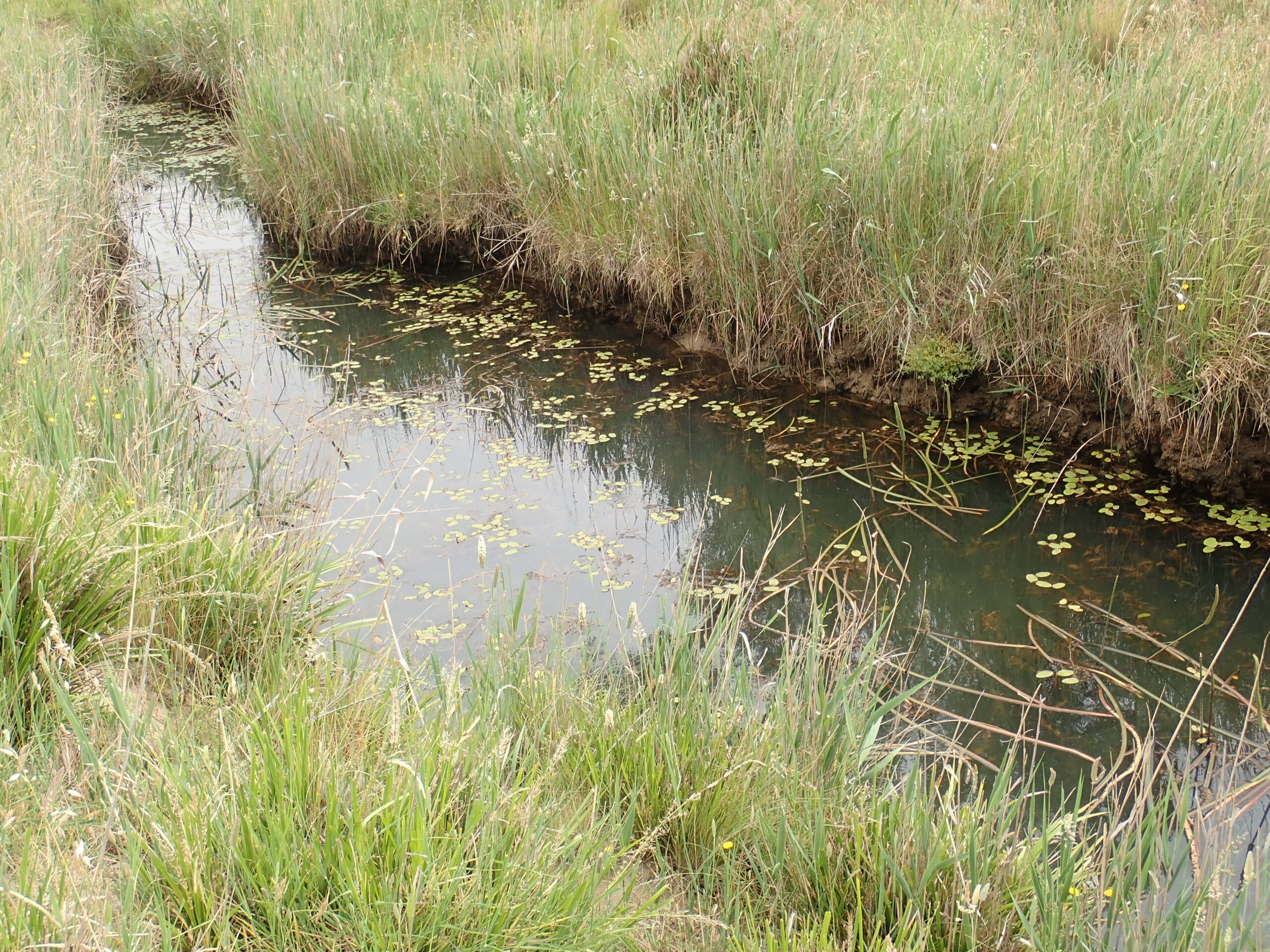
© Mark Lintermans
SHOAL: Taxonomy and describing species is very technical. What exactly is the process?
CHRISTINE: The first thing is that something is found, captured and examined and people think it is unusual and wonder, ‘Is this a new species?’. From that initial curiosity, you look at it very carefully, the morphology, the external appearance, the scales, the fin rays, the colour, the way the tail is shaped, the mouth, the teeth maybe and any ecological information you may have – where does it live, what does it eat, how does it reproduce – and then compare it to other species that are related to it to try and determine if this is really new.
And if it’s really different, either in appearance or behaviour or genetics, then the next step is to determine if the differences are really consistent. So, for instance you could look at some fish and say, ‘These red ones are different from these green ones,’ but if you find out that the red ones are sometimes half green or the green ones are sometimes a bit reddish, maybe that’s an indication that the red population is not actually a distinct species.
Once you think it’s new, the next step is to determine if there’s a name already assigned. And this is the paperwork part, the library research. You reach out to your colleagues, you look at field guides, at whether this has been treated by somebody else, as it’s entirely possible that somebody else knows this and named it years ago or in some other context.
You then write a paper that includes what it looks like, how it can be distinguished from its relatives, what the name is going to be, where the name comes from, what it means, and then crucially you want to provide as much information about this species as you can so that others can identify it.
It’s customary in a description to include photographs, drawings, tables, and any other information that will aid others in identifying it.
You also crucially have to deposit a type specimen: choose an individual that is representative of a species, that is preserved well, and then deposit it in a museum so that it is publicly available. There are rules about making type species available by others and making the paper published in an accessible form – other people need to be able to access it and use it.
SHOAL: What do you most enjoy about discovering and describing new species?
CHRISTINE: I think what I most enjoy about it is getting a deeper appreciation for how evolution has proceeded. In order to really understand how things are evolving, what they are doing, you need to know who’s there, how many there are, you need to know what they’re doing. That’s sort of the foundation for any further ecological evolutionary behavioural studies.
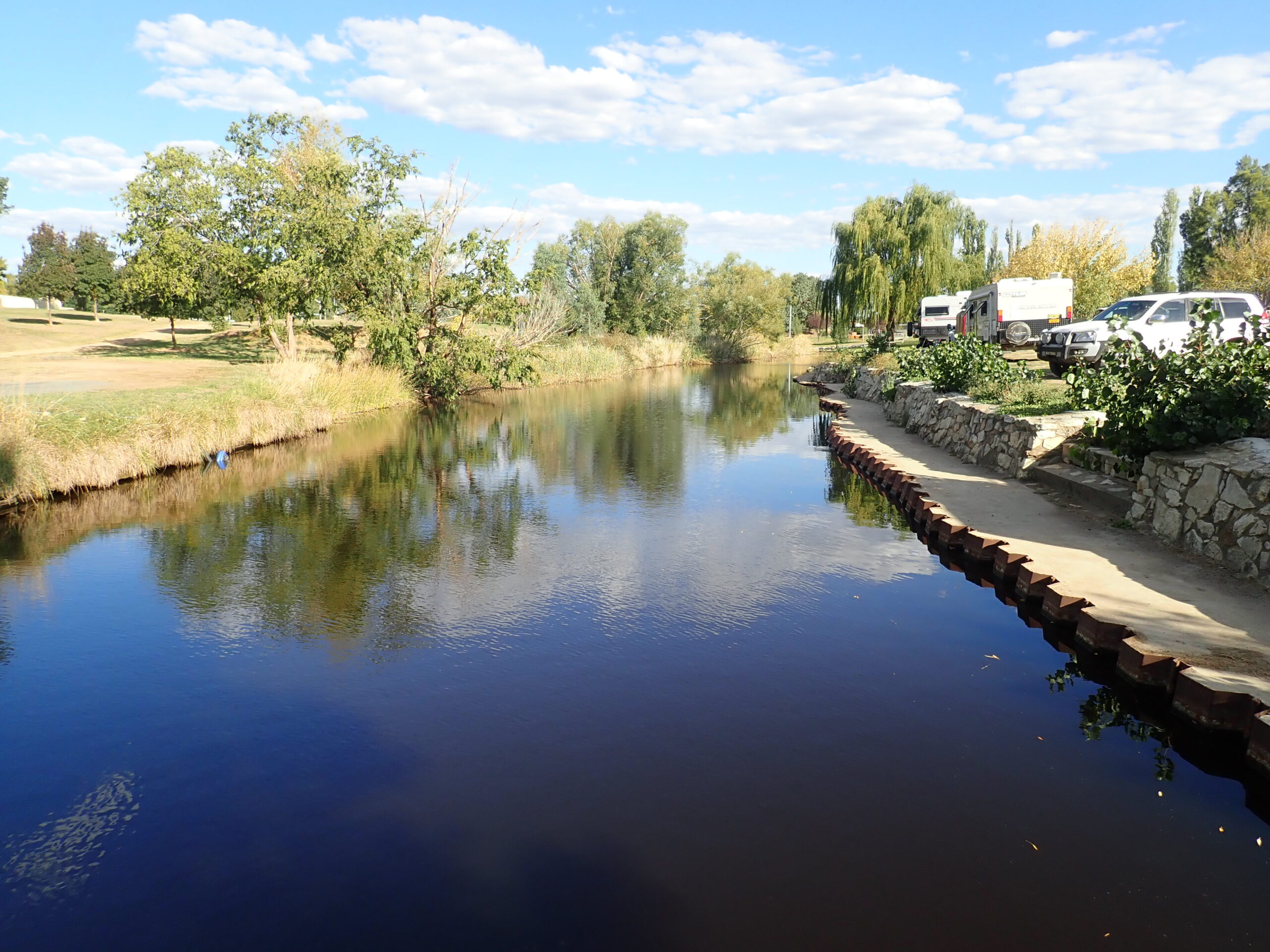
© Mark Lintermans
SHOAL: From the species that you described last year, is there one that is a standout to you?
CHRISTINE: I would say the bald carp gudgeon (Hypseleotris gymnocephala) is the most interesting. It has a very restricted parental distribution, and we didn’t think that we were going to find it. Peter Unmack found it in a little stream in New South Wales, Australia and it is genetically a beautiful little fish. They don’t have any scales on their heads, have tiny little faces and they have established a hybrid lineage that is incredibly widespread. They outcompete their parents. The question is, what is it about those hybrids that allow them to do better than their parents? They must have some incredible hybrid vigour. ‘Gymnocephala’ means ‘naked head’, as it doesn’t have scales on its head like most of the other taxa.
SHOAL: Is there anything else you’d like to add?
CHRISTINE: I would say the bald carp gudgeon (Hypseleotris gymnocephala) is the most interesting. It has a very restricted parental distribution, and we didn’t think that we were going to find it. Peter Unmack found it in a little stream in New South Wales, Australia and it is genetically a beautiful little fish. They don’t have any scales on their heads, have tiny little faces and they have established a hybrid lineage that is incredibly widespread. They outcompete their parents. The question is, what is it about those hybrids that allow them to do better than their parents? They must have some incredible hybrid vigour. ‘Gymnocephala’ means ‘naked head’, as it doesn’t have scales on its head like most of the other taxa.
1 https://nhm.org/person/thacker-christine
SHOAL released their annual report New Species 2022 on World Wildlife Day, Friday 3rd March 2023. The report details the 201 species of freshwater fish identified in 2022.

